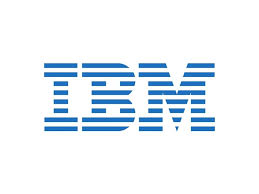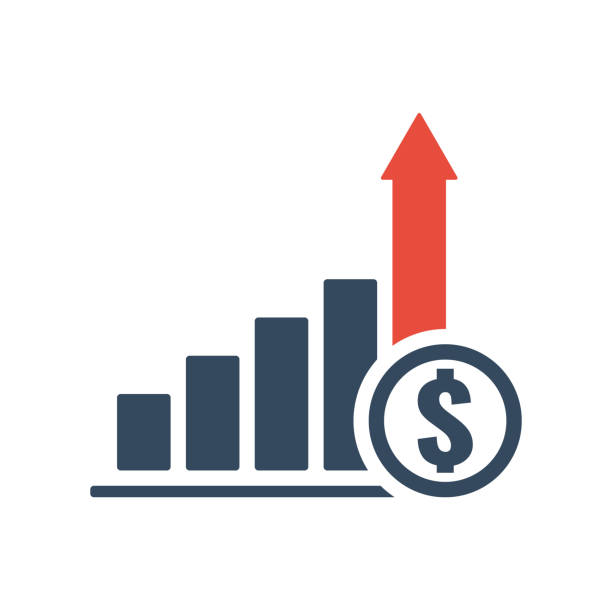VA Expands Disability Claims For Certain Toxic Exposure Conditions Including Agent Orange

A VAMBOA PUBLIC SERVICE ANNOUNCEMENT
VAMBOA believes that this information is important to our membership and all Veteran Business Owners especially those who are Service-Connected Disabled Veteran Business Owners due to Agent Orange.
The Veterans Administration announced two major decisions related to presumptive conditions associated with Agent Orange and particulate matter exposures during military service in Southwest Asia.
Agent Orange
VA will begin implementing provisions of the William M. Thornberry National Defense Authorization Act for Fiscal Year 2021 (Public Law 116-283), adding three conditions to the list of those presumptively associated with exposure to herbicide agents, more commonly known as Agent Orange. Those conditions are bladder cancer, hypothyroidism, and Parkinsonism.
“Many of our Nation’s Veterans have waited a long time for these benefits,” said Secretary of Veterans Affairs Denis McDonough. “VA will not make them wait any longer. This is absolutely the right thing to do for Veterans and their families.”
VA will apply the provisions of court orders related to Nehmer v. U.S. Department of Veterans Affairs, which may result in an earlier date for entitlement to benefits for Veterans who served in the Republic of Vietnam during the Vietnam War. Vietnam War-era Veterans and their survivors who previously filed and were denied benefits for one of these three new presumptive conditions will have their cases automatically reviewed without the need to refile a claim. VA will send letters to impacted Veterans and survivors.
Particulate Matter Exposures
The Secretary recently concluded the first iteration of a newly formed internal VA process to review scientific evidence to support rulemaking, resulting in the recommendation to consider the creation of new presumptions of service connection for respiratory conditions based on VA’s evaluation of a National Academies of Science, Engineering, and Medicine report and other evidence. VA’s review supports the initiation of rulemaking to address the role that particulate matter pollution plays in generating chronic respiratory conditions, which may include asthma, rhinitis, and sinusitis for Veterans who served in the Southwest Asia theater of operations during the Persian Gulf War and/or after September 19, 2001, or in Afghanistan and Uzbekistan during the Persian Gulf War.
“VA is establishing a holistic approach to determining toxic exposure presumption going forward. We are moving out smartly in initiating action to consider these and other potential new presumptions, grounded in science and in keeping with my authority as Secretary of VA,” said Secretary McDonough.
VA is initiating rulemaking to consider adding respiratory conditions, which may include asthma, sinusitis, and rhinitis, to the list of chronic disabilities based on an association with military service in Southwest Asia, Afghanistan, and Uzbekistan during the covered periods of conflict. VA will conduct broad outreach efforts to reach impacted Veterans and it encourages them to participate in the rulemaking process.
For more information, visit our website at Airborne Hazards and Burn Pit Exposures – Public Health.
VAMBOA, the Veterans and Military Business Owners Association hopes that this article has not only been valuable information. We work hard to bring you important, positive, helpful, and timely information and are the “go to” online venue for Veteran and Military Business Owners. VAMBOA is a non-profit trade association. We do not charge members any dues or fees and members can also use our seal on their collateral and website. If you are not yet a member, you can register here:
https://vamboa.org/member-registration/
We also invite you to check us out on social media too.
Facebook: https://www.facebook.com/vamboa
Twitter: https://twitter.com/VAMBOA
Do not forget that VAMBOA members receive significant discounts on technology needs. Check them out here:
https://vamboa.org/dell-technologies/











